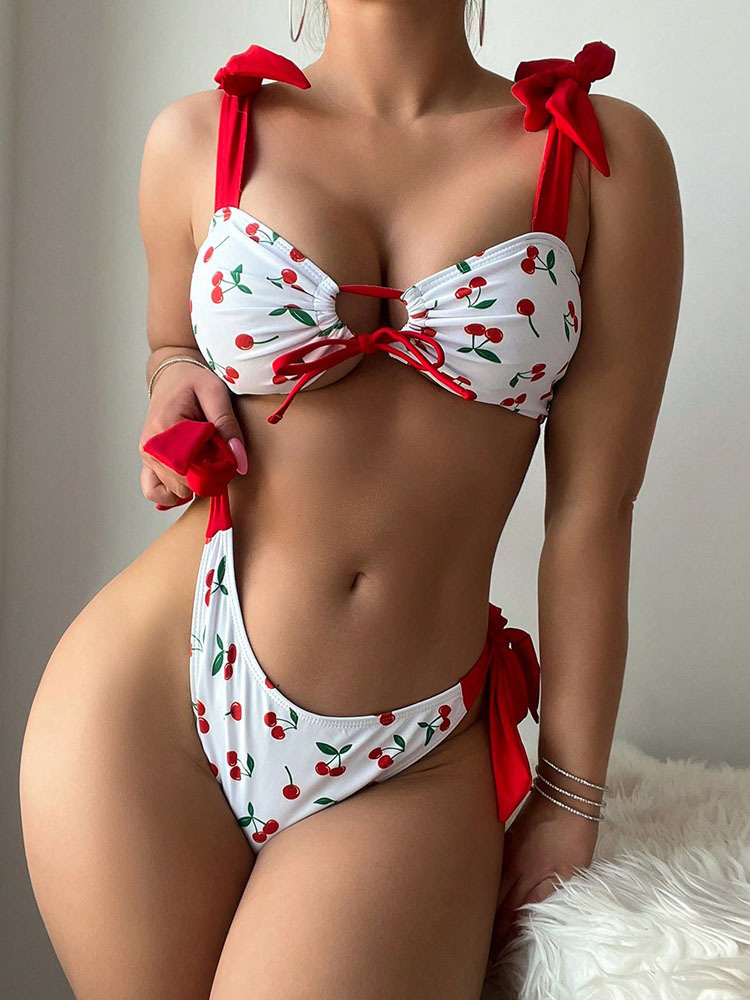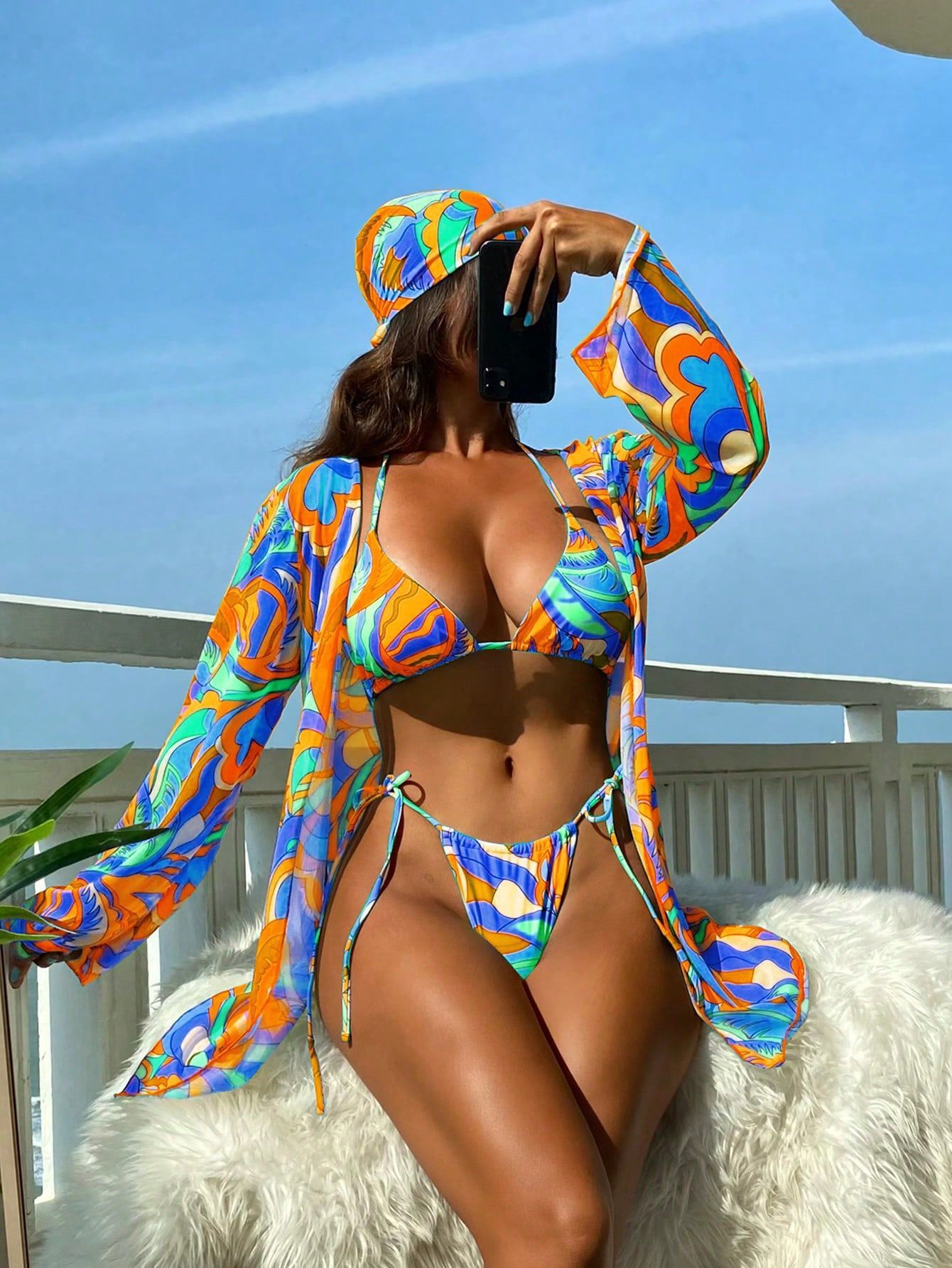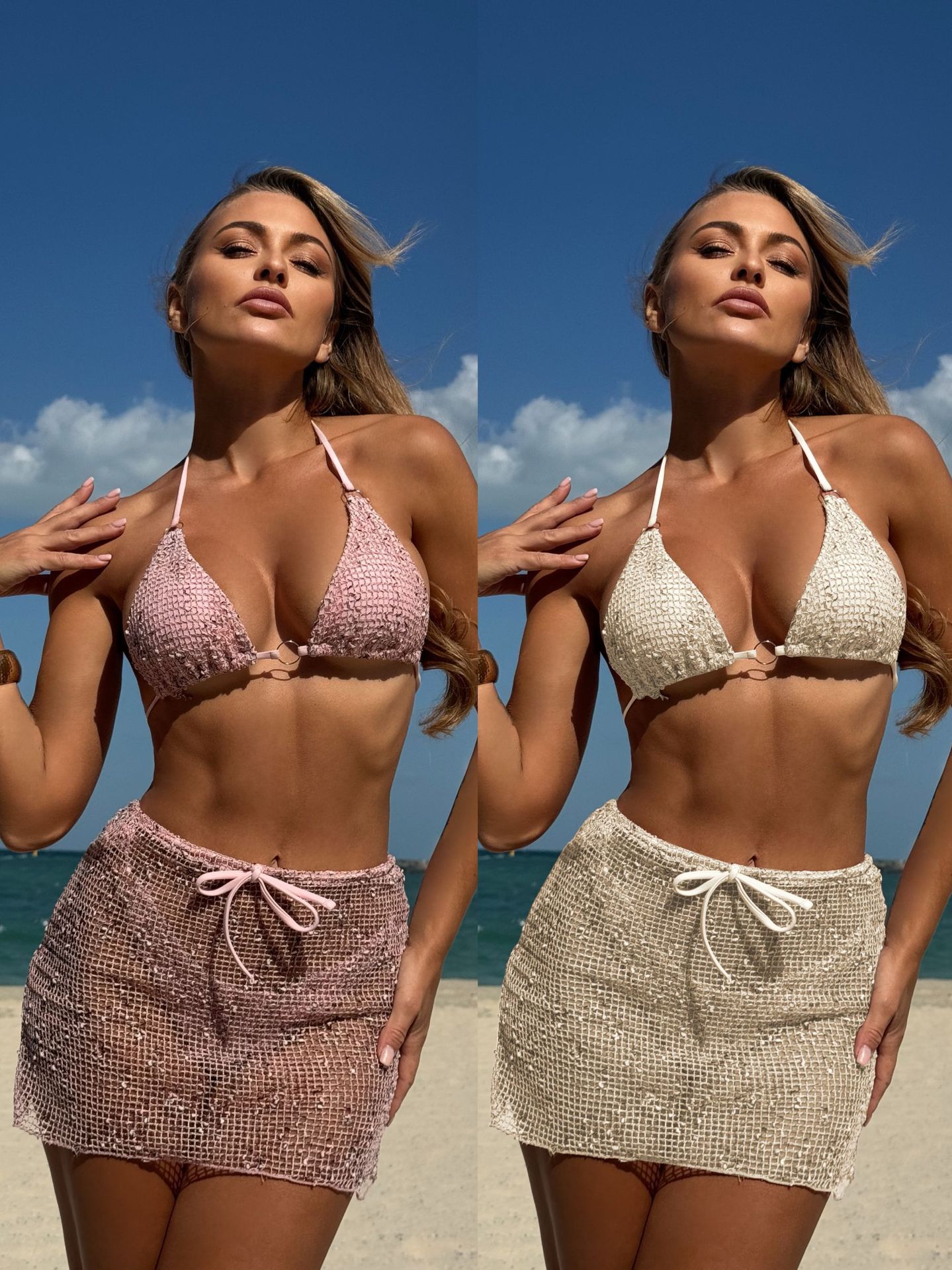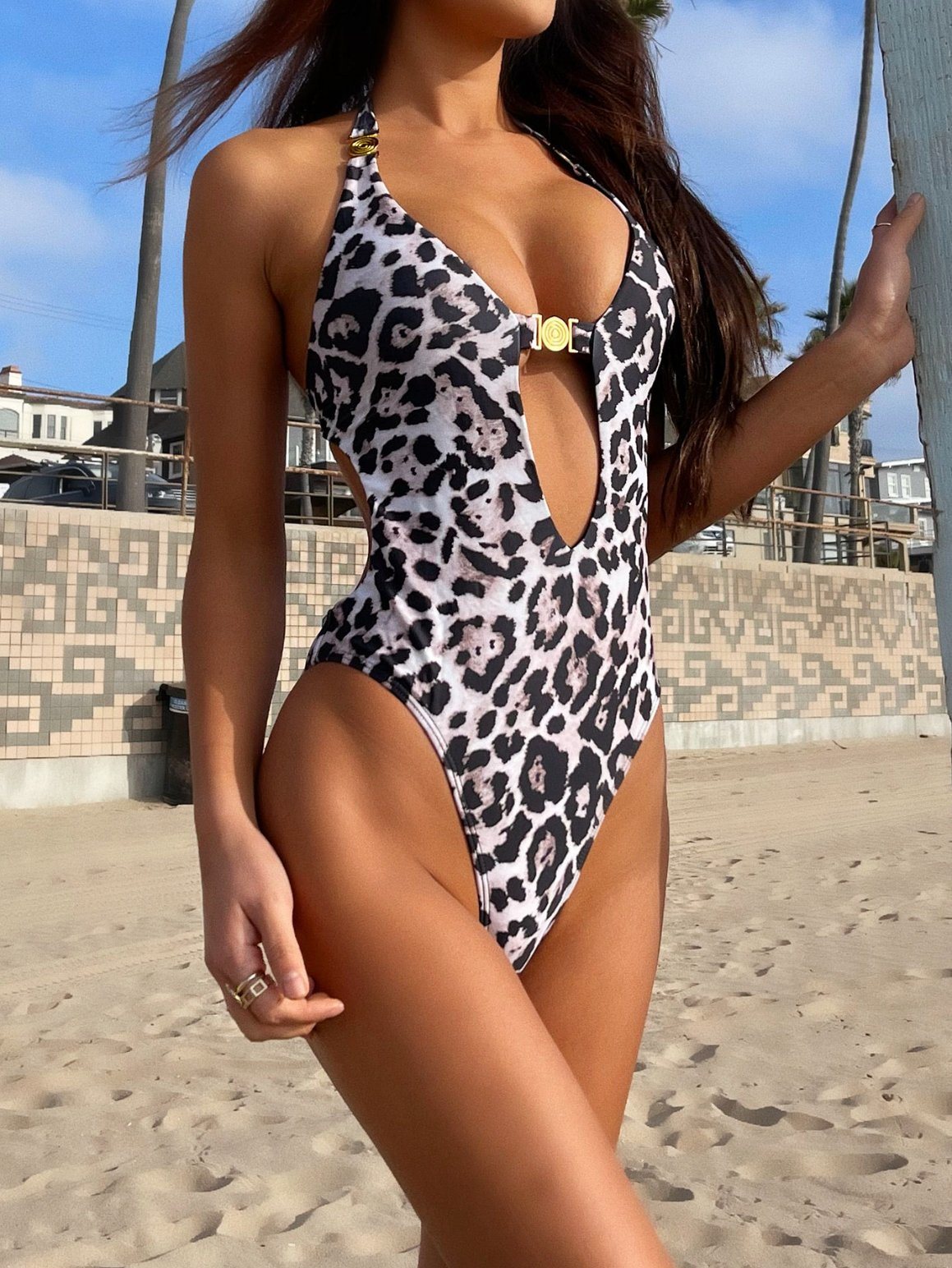Why Your Next Swim Line Needs a Specialist OEM Partner (Hint: It’s Not Just Cost)
Forget generic garment factories. Sourcing women’s swimwear, especially performance-focused, modest cuts with certified UPF50+, demands specialized OEM expertise. Off-the-shelf solutions won’t cut it. Here’s what a dedicated swimwear OEM brings:
-
Fabric Mastery: They know which UPF50+ nylon-spandex blends hold color in salt water (look for solution-dyed options), which recycled polyesters offer optimal chlorine resistance (around 80% retention after 100hrs testing), and how fabric weight (typically 180-220gsm) impacts drape for modest silhouettes.
-
Construction Precision: Flatlock seams that prevent chafing on surf leggings, bonded edges for tankini tops, and reinforced stress points on rash guards – these details require specific machinery and operator skill.
-
Technical Design for Fit: Modest doesn’t mean baggy. Expertise in grading patterns for full-coverage suits (long torsos, extended leg lines, high necks) while ensuring mobility is non-negotiable. A good OEM provides fit technicians.
-
Compliance Confidence: They navigate REACH, CPSIA, and Oeko-Tex® certifications seamlessly for EU/US markets. Demand recent (within 6 months) test reports.
Decoding the 50+ Collections: Matching Modest Styles to Market Demand
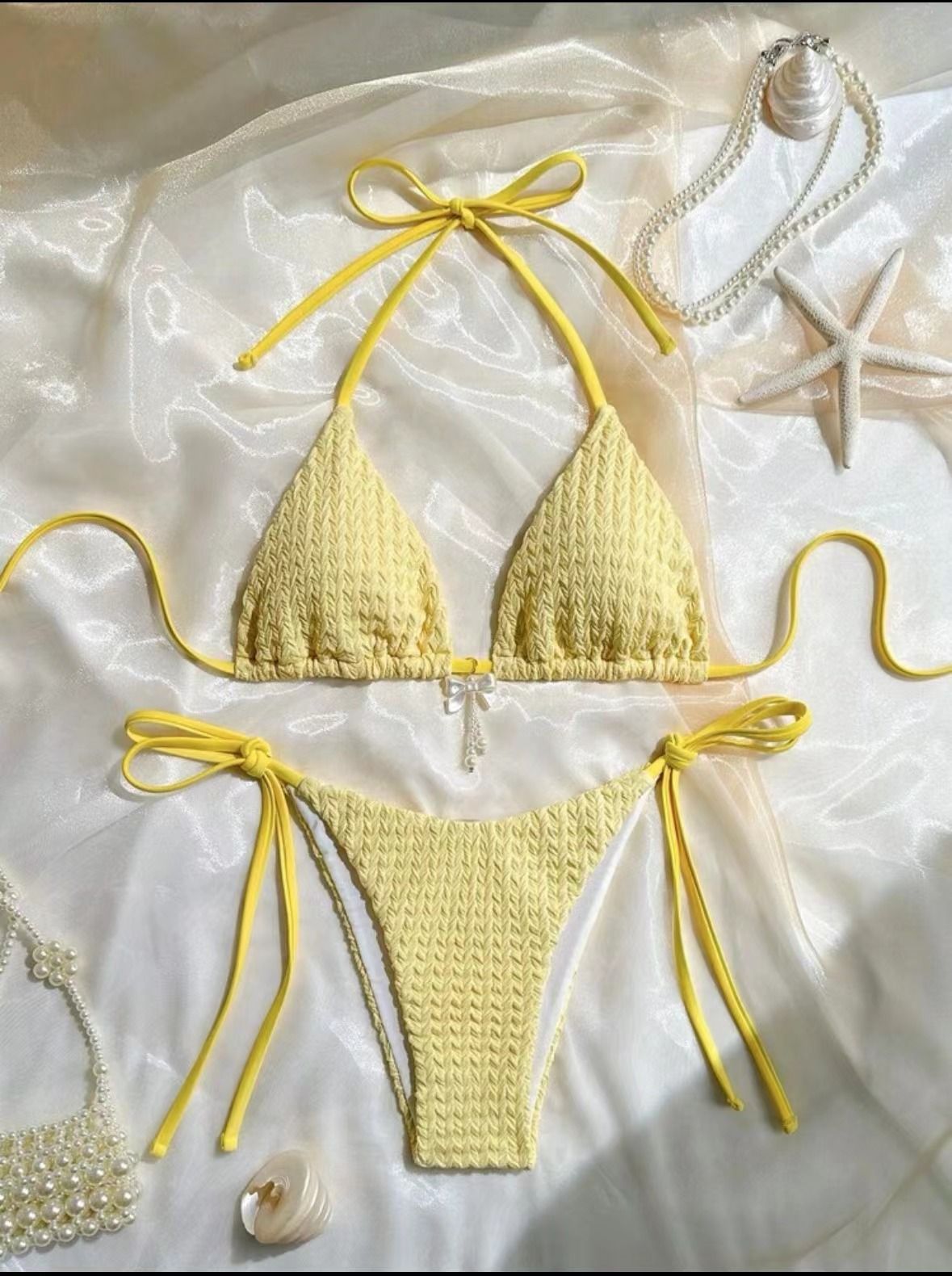
“Modest” isn’t monolithic. Our collections target distinct consumer segments – here’s how they map to real-world demand:
-
Active & Athletic Modesty:
-
Products: Long-sleeve rash guard tops + surf leggings sets, athletic swim dresses with built-in shorts.
-
Fabric: 88% Nylon / 12% Spandex, UPF50+, quick-dry, 4-way stretch.
-
Key Markets: Australia Coastal (Surf Culture), California, Florida (Beach Sports), Growing Muslim athletic wear sector (Projected 7.1% CAGR ’24-’28).
-
-
Contemporary Resort Modesty:
-
Products: Elegant high-neck tankinis, flowing kaftan-inspired cover-ups (swimwear fabric), tunics with integrated UPF50+ shorts.
-
Fabric: Lightweight, drapey poly-Lycra® blends (UPF50+), often with subtle textures or jacquards.
-
Key Markets: European resort destinations, luxury cruise lines, modest fashion boutiques in UK/US.
-
-
Core Modest Swim Essentials:
-
Products: Burkini sets (multiple style options), full-coverage one-pieces with skirted bottoms, modest swim separates (longline tops + boyleg briefs).
-
Fabric: Durable, high-coverage polyesters or nylons (UPF50+), focus on opacity and longevity.
-
Key Markets: Middle East exports, dedicated modest online retailers globally, North American faith-based communities.
-
UPF50+ Fabric: The Non-Negotiable Sun Protection Standard
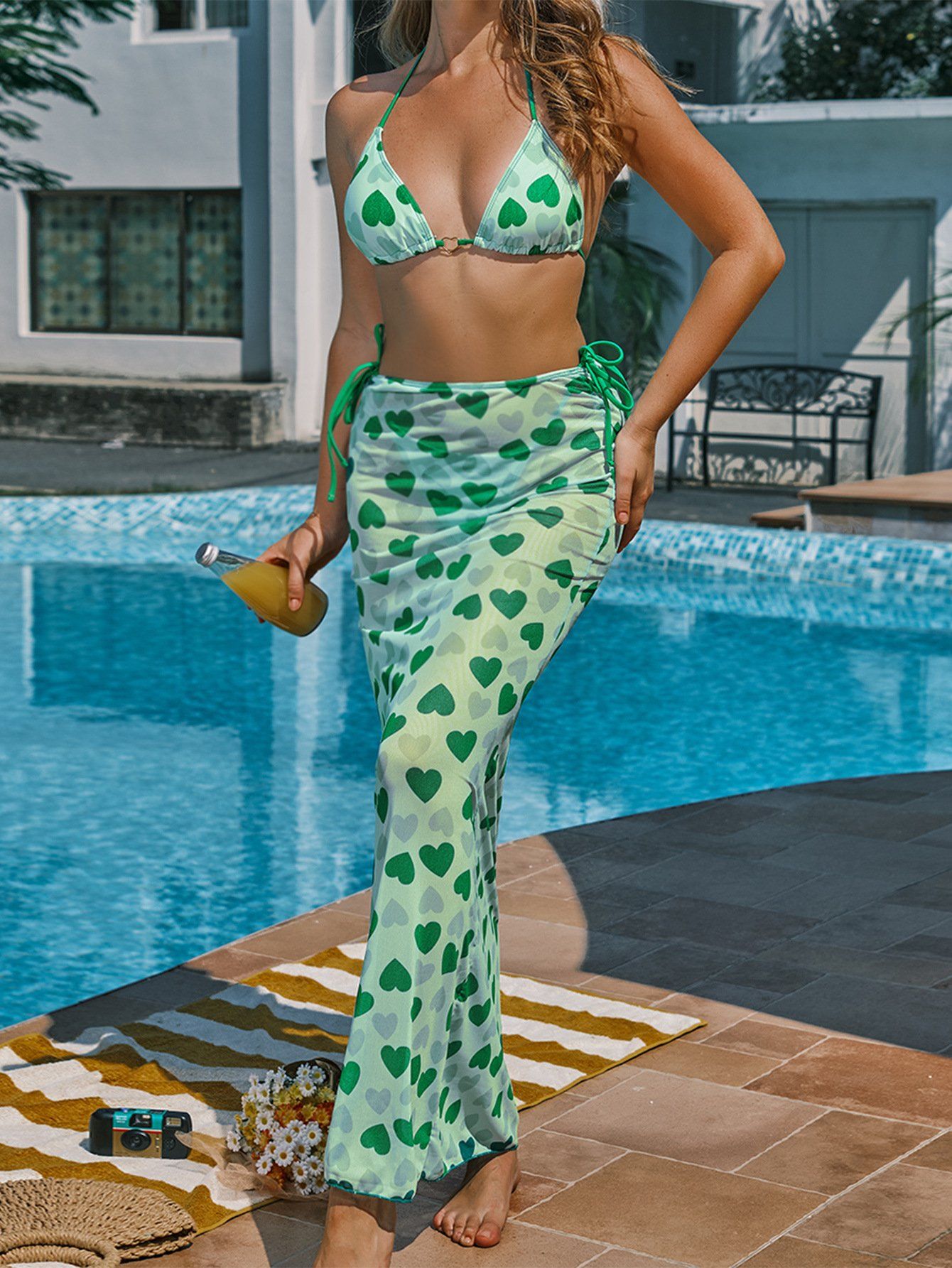
UPF (Ultraviolet Protection Factor) 50+ isn’t just a buzzword; it’s a measurable shield blocking over 98% of harmful UV rays. Here’s what matters for bulk sourcing:
-
Certification is King: Insist on independent lab reports (AATCC 183 or AS/NZS 4399:2017) for every fabric lot. Brand claims alone are insufficient.
-
Performance Over Time: How does the fabric hold up? Quality UPF50+ fabrics maintain rating through:
-
80+ washes (per standard testing protocols)
-
Chlorine exposure (critical for poolwear)
-
Salt water and abrasion (beachwear)
-
-
Dyeing Matters: Solution-dyed fabrics (color integrated into the fiber) vastly outperform surface-dyed fabrics in UV resistance and fade resistance. This is crucial for dark colors popular in modest wear.
Fabric Performance Comparison (Typical High-Quality Swimwear):
| Feature | Solution-Dyed Nylon/Spandex (e.g., 82% Nylon/18% Lycra®) | Solution-Dyed Recycled Polyester/Spandex (e.g., 78% rPET/22% Lycra®) | Surface-Dyed Polyester Blend |
|---|---|---|---|
| UPF50+ Rating | Excellent (Maintains after 80+ washes) | Excellent (Maintains after 80+ washes) | Good (May degrade faster) |
| Chlorine Resist | Very Good | Excellent | Good |
| Salt Water/Ocean | Excellent | Very Good | Good |
| Fade Resistance | Excellent | Excellent | Fair |
| Feel/Drape | Soft, Supple, Excellent Recovery | Smooth, Durable, Good Recovery (Can feel slightly cooler) | Varies |
| Eco-Cred | Good | High (Uses recycled materials) | Low-Medium |
| Best For | Premium Athletic, Fashion Modest Styles | Durable Burkini Sets, Eco-Conscious Lines, Activewear | Budget-Focused Basics |
H2: From Sketch to Shoreline: Realistic Timelines & MOQs for Bulk Orders
Transparency is key. Here’s the typical flow and what you can expect:
-
Tech Pack Review & Feasibility (1-2 Weeks): We dissect your designs. Can those intricate modest cut lines be sewn efficiently? Does that lace trim hold up underwater? We’ll flag potential cost/speed bumps.
-
Fabric Sourcing & Approval (2-4 Weeks): Lead times vary wildly. Common UPF50+ knits might be stock; premium or custom recycled options take longer. Always get physical lab-dips and strike-offs approved.
-
Prototype/Sample Development (3-5 Weeks): Two rounds are standard. Round 1 checks pattern/fit. Round 2 refines details with correct fabrics/trims. Factor in shipping time for approvals.
-
Production (6-10 Weeks after PP Sample Approval): This depends heavily on order size and complexity. A simple 2,000-piece run of solid rash guards is faster than 10,000 pieces across 15 modest styles/colors.
-
Shipping & Logistics (3-8 Weeks): Air freight is fast (days) but expensive (approx. 4-6x sea). Sea freight is cost-effective but slower. Current major port congestion adds unpredictability; factor buffer time.
Minimum Order Quantities (MOQs) – Real Talk:
-
Per Style: Typically 300 – 1,000 pieces for established OEMs specializing in swimwear. Lower MOQs (300-500) often apply only within a larger total order value (e.g., $8k-$15k minimum).
-
Per Colorway: Expect 150 – 300 pieces per color within a style. Fewer colors per style = lower total MOQ risk.
-
New Development: MOQs can be higher for entirely new, complex modest designs requiring unique pattern work.
Navigating Costs: Getting Premium Modest Swimwear at Viable Bulk Pricing
Price per piece depends on a matrix of factors. Understanding these helps you make smart trade-offs:
-
Fabric: UPF50+ certified fabrics cost 15-40% more than basic swim knits. Recycled content adds another 10-20%. Solution-dyed vs. piece-dyed impacts cost.
-
Complexity: More panels (common in modest designs), intricate cut-outs (even if covered by lining), multiple fabric combinations, special seam types (flatlock, bound edges), and unique hardware (modest-specific closures) all add cost and time.
-
Trims: Quality UV-stable elastics, silicone grippers for leggings, custom-designed modesty panels, and branded zippers add up.
-
Order Volume: The golden rule. Higher volumes significantly reduce the cost per unit. Combining core styles across seasons helps.
-
Logistics: Factor in shipping, duties (varies by country: USA ~16%, EU ~12%, UK ~10-12%), and potential warehousing.
The Smart Sourcing Strategy:
-
Focus on Core: Develop 3-5 hero modest styles in versatile colors for your first bulk order.
-
Simplify Where Possible: Can one high-quality UPF50+ fabric work across multiple styles? Standardize trims.
-
Communicate Budget Early: A good OEM partner will offer alternatives (e.g., “This fabric achieves UPF50+ at 20% less cost” or “This seam finish is nearly as good but faster”).
-
Plan Multi-Seasonally: Order core colors (Black, Navy, Deep Green) in larger volumes for use across seasons/resorts.
Your Swimwear OEM Sourcing Q&A
Q: How do you prove the UPF50+ rating is legitimate and lasts?
A: Demand recent (within the last production batch) test reports from internationally accredited labs (like SGS, Bureau Veritas, or QIMA) using AATCC 183 or AS/NZS 4399:2017 standards. Reports should show results after 80 simulated washes. Reputable mills provide these for their fabrics.
Q: We design for a diverse customer base. Can you adapt modest styles (like burkinis or swim dresses) for different body shapes effectively?
A: Absolutely. This is core to technical swimwear design. We use sophisticated pattern grading techniques beyond simple size scaling. This includes:
-
Adjusting torso length increments independently.
-
Grading for fuller bust/hip coverage while maintaining armhole/leg hole proportions.
-
Offering multiple cup size options within styles where support is needed.
-
Providing fit templates based on regional or retailer-specific sizing standards (e.g., US vs. EU vs. AU). Fit sessions on diverse models are crucial.
Q: What’s the real lead time impact of choosing recycled or “eco” UPF50+ fabrics?
A: It varies. Some high-quality recycled nylons (ECONYL®) or polyesters are increasingly stock items (adding minimal time). Truly custom recycled content or innovative bio-based fibers (e.g., those from algae or plants) can add 4-8 weeks to fabric sourcing. Always discuss sustainability goals with your OEM upfront to find the best balance of eco-credentials, performance, and timeline. Availability is improving rapidly.
Q: Can you handle small replenishment orders of best-selling modest styles quickly?
A: Yes, this is a key advantage of an established partnership. Once the style, fabric, and trims are approved and in our system, re-orders (typically at the original style MOQ, e.g., 300-500 pcs) can often be produced in 4-6 weeks from order confirmation, depending on current factory capacity and fabric stock. Communication is vital – give your OEM forecast updates.
Q: What are the biggest compliance pitfalls for swimwear entering the US or EU?
A: Beyond fabric UV claims (regulated by the FTC in the US and similar bodies in EU/UK):
-
Flammability: US CPSIA 16 CFR 1610 (Standard for Clothing Textiles) applies. Some lightweight mesh cover-ups can be borderline.
-
Chemical Restrictions: REACH (EU) limits specific dyes, phthalates (in prints/trims), and heavy metals. CPSIA (US) restricts lead and phthalates.
-
Care Labeling: Must comply with country-specific regulations (e.g., Care Labeling Rule in US, ISO 3758 in EU).
-
Oeko-Tex® STeP Certification: Increasingly required by major EU retailers for the factory’s environmental and social practices, not just the product.
Ready to get your unique, sun-safe, modest swimwear line into production? Start by sending your tech packs or design concepts. Let’s nail the fit, fabric, and timeline.

